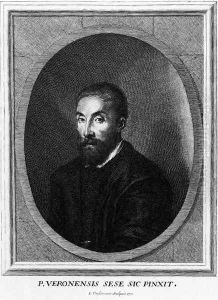Jacobus Coelemans Paintings
Jacobus Coelemans, born in 1654 in Brussels, was a Flemish painter who became known for his contributions to the Baroque movement, a period characterized by dramatic expression, rich color, and intense light and shadow. Despite being less widely recognized than some of his contemporaries, Coelemans' work exhibits the technical skill and emotional depth characteristic of the era's finest artists. His life and career were marked by the cultural and artistic dynamism of 17th and early 18th century Europe, a period that fostered a rich exchange of ideas and styles across national borders.
Coelemans' training and early career were deeply rooted in the Flemish tradition, yet little is known about his earliest mentors or the precise trajectory of his training. Like many artists of his time, his work was influenced by the great masters of the Italian Renaissance and Baroque, as well as by the Flemish and Dutch schools of painting, which were renowned for their attention to detail, texture, and the play of light and shadow. Coelemans was adept at both religious and secular subjects, demonstrating versatility across genres including history painting, portraits, and still lifes. His ability to weave intricate details into his compositions, coupled with a masterful use of color, allowed him to create vivid, engaging works that were sought after in his time.
Throughout his career, Jacobus Coelemans remained relatively anchored in Brussels, a hub for artistic production and trade in the Low Countries. However, like many artists of the period, his work was influenced by broader European artistic trends, and he may have traveled or studied in Italy, a common pilgrimage for artists seeking to study the works of Renaissance and Baroque masters firsthand. Despite the lack of extensive documentation on his life, records indicate that he enjoyed patronage from religious institutions and the nobility, which was crucial for an artist's success at the time.
Coelemans' legacy, while not as prominent as that of some of his peers, contributes to our understanding of the Baroque period in the Flemish regions. His paintings, few of which are widely known today, offer insight into the stylistic transitions and cultural exchanges that enriched European art during his lifetime. Jacobus Coelemans died in 1732, leaving behind a body of work that, though not extensively documented in modern times, remains a testament to the vibrancy and depth of Baroque art. His contributions continue to be appreciated by art historians and collectors who seek to uncover the nuanced layers of the Baroque era's artistic expressions.
